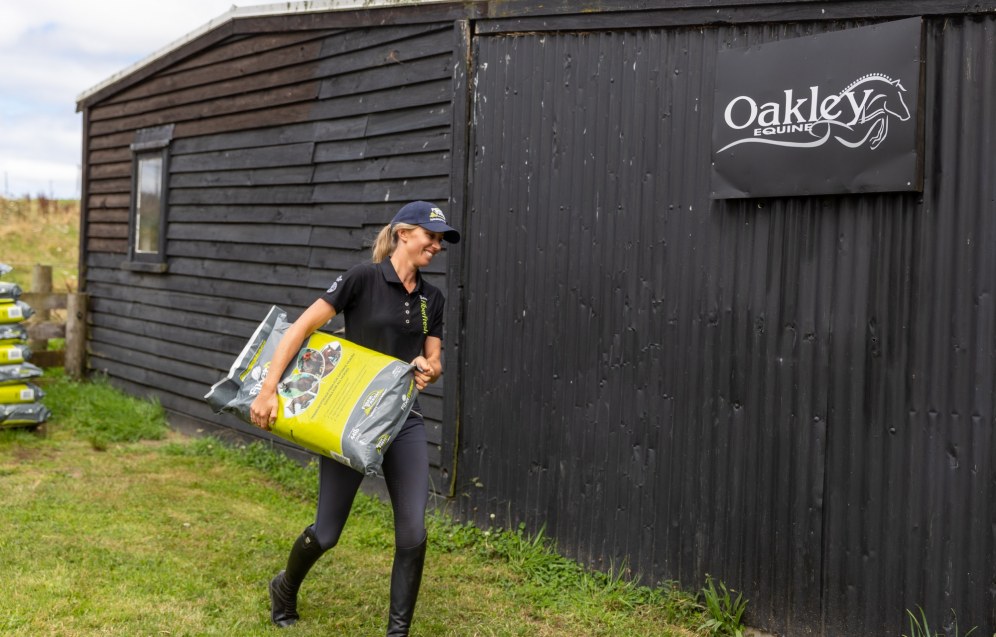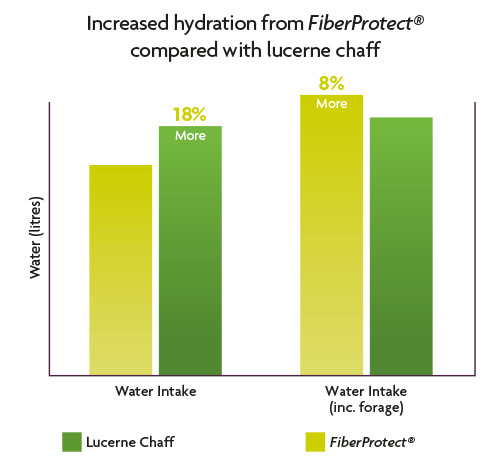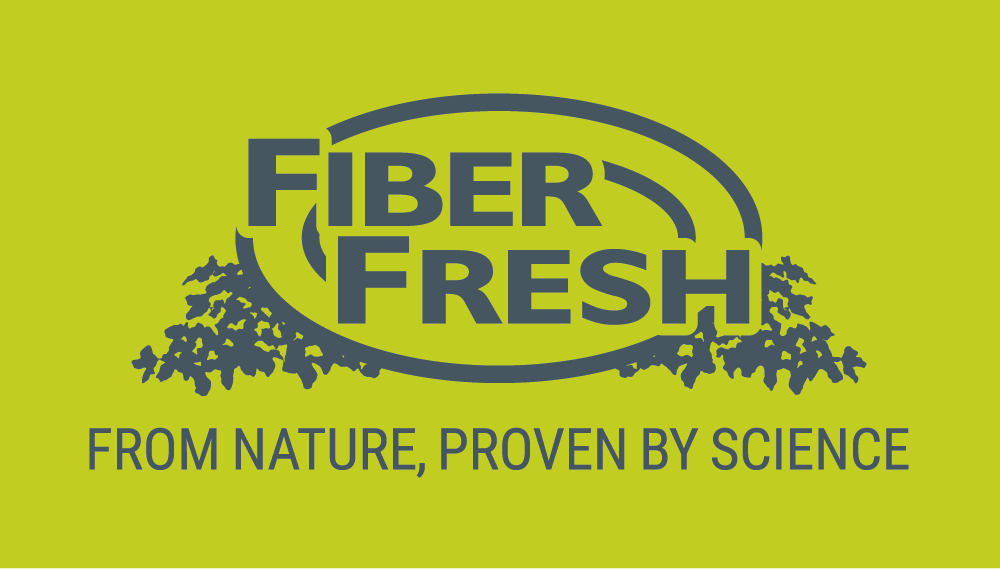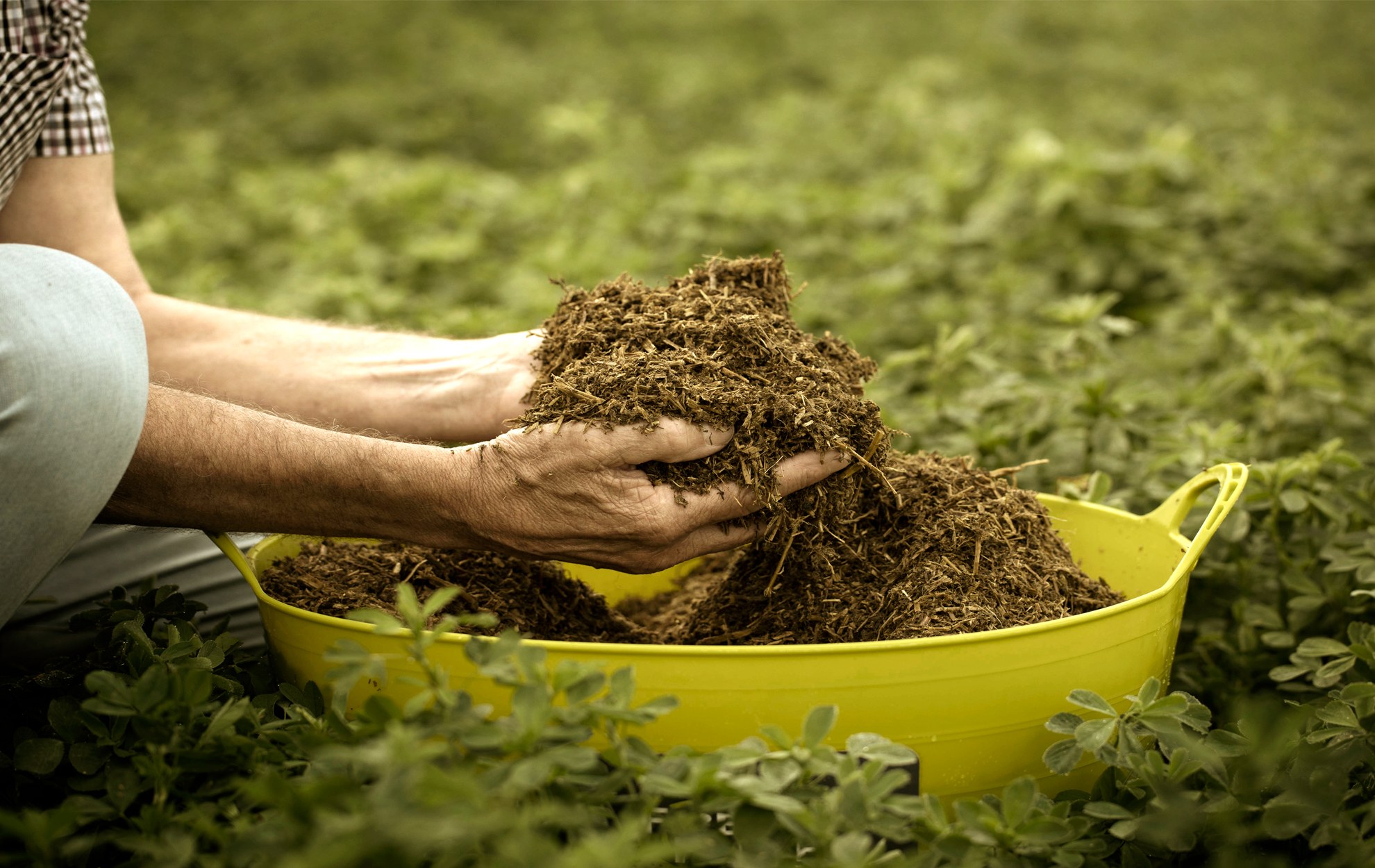
Nikita Stowers MSc (Veterinary – Equine) BSc/BBS
Everyone knows their horse has some requirement for protein however references to “limiting, essential” amino acids can leave us somewhat confused. Most horse feed companies refer to Crude Protein on the bag but what does this mean and how can I ensure my horse is getting the correct level of quality protein?
The length and the types of amino acids that make up a protein differentiate one protein from another. So the horse actually has a requirement for amino acids rather than protein. There are around twenty amino acids that make up most proteins (Primary amino acids) and of these the horse can make up to 11 of these in its body. These are classed as non-essential amino acids. The remaining amino acids are classed as essential… An essential amino acid is one that cannot be made in the body in sufficient levels to meet the demand for them. There are 10 presumed essential amino acids for the horse; these are Lysine, Methionine, Threonine, Histidine, Phenylalanine, Leucine, Isoleucine, Valine, Arginine & Tryptophan. A limiting amino acid is one that is likely to become deficient first and limit the creation of protein in the body. The three most limiting amino acids in the horses’ diet are Lysine, Threonine and Methionine.
‘Chain’ of essential amino acids for the horse

Protein is part of all tissues in the horse’s body and comes second only to water. It therefore goes without saying that protein is a critical part of the horse’s diet throughout its life and, after energy is the most important nutrient in the horses’ diet. The age of the horse and its use will give us a greater idea of its requirement for protein. Growing horses, heavily pregnant and lactating mares, in particular have a greater requirement for protein and protein is important for healthy hooves, hair, muscles, organs, tissues and immunity.

Unfortunately, ‘not all protein was built the same’. Depending on the type of feed material, the quality (in terms of its amino acids) and digestibility of the protein can vary significantly. Another important thing to consider when preparing your horse’s diet is the protein to energy ratio. Both energy and protein are important for all horses and especially for the growing horse. A deficiency in either of these will negatively affect the growth and development of the young horse. The protein to energy ratio is more important than the total amount of protein in your horses’ diet because the energy in the diet provides the potential to grow new tissue that will then require protein, so the two are closely linked. Knowing about this relationship will help you to better prepare your horses diet. All Fiber Fresh products are specifically formulated with your horses needs in mind to provide sufficient levels of quality protein for your horse.
Occasionally, people worry they may be feeding too much protein to their horse. However, this is not likely to be the case even when feeding high levels of good quality protein like that found in Fiber Fresh feeds. In fact, a recent study has shown that a forage based diet high in protein may be beneficial for muscle recovery following exercise (Essen-Gustavsson et al. 2010) and in a similar study horses actually performed better on a high protein, forage based diet compared with a forage based diet that contained recommended protein levels (Jansson et al. 2012).
The main concerns people have regarding too much protein in their horses’ diet are both centred around the word heat. People often blame protein for their horses getting excitable or ‘hot’, when in fact a diet high in protein will not do this to your horse. The real reason your horse may get ‘hot’ on a high protein diet is that as well as being high in protein, your diet is most likely to also be high in energy. Traditionally this energy comes predominantly from cereal grains whereby starch and water soluble carbohydrates (sugars) are the main source of energy coming from the grain. All Fiber Fresh Feeds contain high nutritional fibers which provide a safe alternative to feeding starch based cereal grains to meet energy requirements, providing you with a high energy, high protein, fibre based feed that is low in water soluble carbohydrates and starch (sugar) providing you with a safe, ‘non-heating’ feed.
The other concern for feeding too much protein in the diet is the fact that more heat is produced (resulting in an increase in sweating) when a horse is fed a diet high in protein. This, combined with increased urination (in order to get rid of the excess nitrogen) can increase the horses’ requirement for water. This is sometimes a concern for horses in work, especially those in hot or humid climates. However, when a horse is exercising it actually has an increased protein requirement for muscle development, muscle repair and to replenish the nitrogen lost in sweat. Furthermore, when it comes to preparing your horses diet, if you choose Fiber Fresh you will actually better hydrate your horse! A recent scientific trial carried out in New Zealand, showed that horses were better hydrated when fed Fiber Fresh than if they were feed standard Lucerne Chaff (See below graph). Paradoxically, even though you may think your horse is better hydrated (as it is drinking more water); you also need to consider water the horse is consuming from their feed.
On the other hand, a diet deficient in protein can result in all sorts of dilemmas including decreased growth, weight loss in adult horses, fetal loss in pregnant mares, loss of muscle in exercising horses and decreases in milk production in lactating mares. Other signs to look out for are reduced feed intake, poor hair and hoof growth – that can all be indicators of a diet deficient in protein.
Lucerne is well recognised as a good source of quality protein and lysine for feeding to horses in contrast to traditional grains and concentrate feeds and meals that may provide low levels of poor quality protein. It has recently been shown that Lucerne that has undergone Controlled Fermentation™ Fiber Fresh feeds have a significantly higher Crude Protein level than dry Lucerne chaff and both Lysine and Methionine (among other essential amino acids – Table 1) are more easily digested in Fiber Fresh feeds than in dry Lucerne Chaff, making them available to the horse in higher amounts (Waldron et al. 2012).
Fiber Fresh feeds are highly nutritious moist lucerne (alfalfa) based feeds, manufactured under the unique and proprietary process of Controlled Fermentation™. Natural and highly digestible – these feeds have been specifically developed to suit the mono-gastric digestion of horses. This advanced natural fibre is grown in New Zealand for unsurpassed quality and consistency, and is processed fresh and vacuum-packed to seal in and preserve all its considerable nutritional value. All Fiber Fresh products contain high nutritional fibre and are all a great source of quality protein to feed to your horse.
References:
Essen-Gustavsson, B., Connysson, M., & Jansson, A. (2010). Effects of crude protein intake from forage-only diets on muscle amino acids and glycogen levels in horses in training. Equine Veterinary Journal, 42, 341-346.
Jansson, A., & Lindberg, J.E. (2012). A forage-only diet alters the metabolic response of horses in training. Animal, 4, 1-8.
Waldron, L.A., Thomas, D.G., & Pryor, I. (2012). Protein and amino acid digestion characteristics of two forms of preserved lucerne forage fed to mature horses. Journal of Applied Animal Nutrition (IN PRESS).

